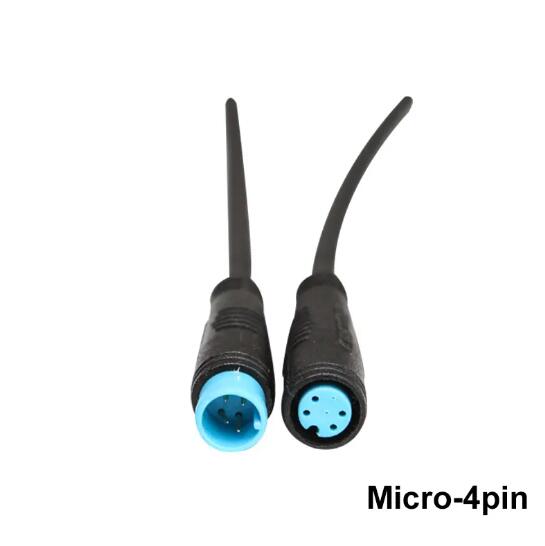Navigating the Signal Connector Maze: Key Considerations for Your Application
2024-04-11
In today's interconnected world, signal connectors play a vital role in ensuring seamless communication between electronic devices. Whether it's in consumer electronics, industrial automation, or aerospace, selecting the right signal connector for your application is crucial. However, with a plethora of options available in the market, navigating through the myriad choices can be overwhelming. To simplify this process, let's delve into the key considerations that should guide your decision-making when selecting a signal connector for a specific application.
1. Electrical Requirements:
- Voltage Rating: Determine the voltage levels the connector needs to handle to ensure compatibility with your application.
- Current Rating: Assess the current-carrying capacity required to prevent overheating and ensure reliable performance.
- Signal Integrity: Consider factors like impedance matching, crosstalk, and signal attenuation to maintain signal quality over long distances.
2. Environmental Conditions:
- Temperature Range: Evaluate the operating temperature range of the connector to ensure it can withstand the environmental conditions in which your application will operate.
- Moisture and Dust Resistance: If your application is exposed to harsh environments, opt for connectors with adequate sealing to prevent moisture and dust ingress.
- Chemical Resistance: Select connectors that can resist exposure to chemicals commonly found in your application environment to ensure longevity and reliability.
3. Mechanical Considerations:
- Size and Form Factor: Choose a connector size and form factor that fits within the constraints of your application's design.
- Durability and Mechanical Strength: Assess the connector's durability and mechanical strength to withstand mating cycles, vibrations, and mechanical stress without compromising performance.
- Mating and Unmating Forces: Consider the ease of mating and unmating connectors, especially in applications where frequent connections are required.
4. Reliability and Lifecycle:
- MTBF (Mean Time Between Failures): Evaluate the reliability of the connector based on its MTBF data to ensure uninterrupted operation over an extended period.
- Lifecycle Expectancy: Consider the expected lifecycle of your application and choose connectors with a lifecycle that aligns with your requirements to avoid premature failures and costly replacements.
5. EMI/RFI Protection:
- Electromagnetic Interference (EMI) and Radio Frequency Interference (RFI) can degrade signal quality and affect the performance of sensitive electronics. Select connectors with proper shielding and grounding mechanisms to minimize EMI/RFI effects.
6. Cost and Availability:
- Balancing cost and performance is essential when selecting signal connectors. Consider the overall cost of ownership, including procurement, installation, maintenance, and potential downtime.
- Ensure the selected connectors are readily available from reliable suppliers to avoid supply chain disruptions.
7. Compliance and Standards:
- Ensure the chosen connectors comply with relevant industry standards and certifications to meet regulatory requirements and ensure interoperability with other components in your system.
By carefully evaluating these considerations, you can narrow down your options and choose the most suitable signal connector for your specific application. Remember that each application is unique, and prioritizing the factors that are most critical to your project's success is key. Additionally, consulting with experienced engineers and leveraging the expertise of connector manufacturers can further aid in making informed decisions. Investing time and effort upfront in selecting the right signal connector can significantly contribute to the reliability, performance, and longevity of your electronic systems.



